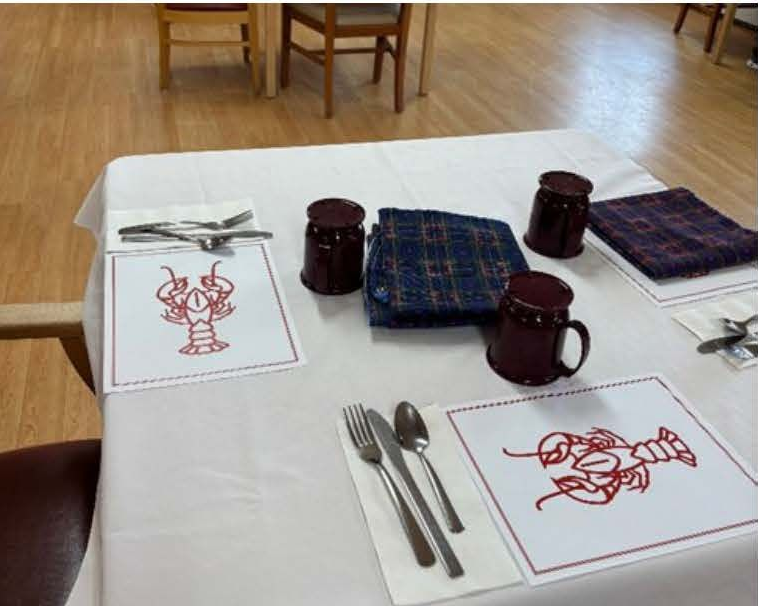March Is Nutrition Month Let’s Talk Protein
NEWSLETTER
March is Nutrition Month
Let’s Talk Protein
Canada’s food guide has been used as a tool by health care providers and educators for years. The new food guide focuses on a variety of ways to get our protein content each day.
Adding plant-based protein to our diet not only adds variety in what we eat but also has many health benefits.
Protein
As most of us know, protein helps to build and repair body tissue. We tend to think of protein as building muscle mass, but it offers so much more! Pro-tein is found in every tissue throughout the body such as skin, bone, hair, blood, etc. It makes up enzymes that help necessary chemical reactions in our body and creates he-moglobin which we need to carry
oxygen to our blood. Protein is made from over 20 building blocks called amino acids. We obtain these from eating a variety of foods in our diet, as well as our body modifying.
Surprisingly we only need ~30% of our diet to be comprised of protein sources. An ex-ample of what this looks like is, 0.8-1g protein/kg/d so a person weighing 150lbs (68kg) would need ~54-68g protein/day. A rough estimate for this would be 1 oz of high pro-tein containing food item equals ~7g protein.
Even though protein can be found in foods we wouldn’t necessarily consider “a protein” such as bread and vegetables, these foods offer very little. Higher protein containing foods, ones we would refer to in the protein portion of the Food Guide, are fish, nuts, lentils, eggs, chickpeas, dairy, meat, tofu, etc. Even though these foods all offer a great source of protein, not all types of protein foods are equal! Sources that come from red meat (beef, pork, lamb, processed meats, etc.) tend to be higher in saturated fat. Saturated fat is the fat known to “clog arteries” and increase risk for heart disease, cancer, stroke, etc. Protein from plant sources (lentils, chickpeas, beans, soy, tofu, etc.) are comprised of healthier fats and fiber and actually help to “clean out” our arteries – therefore lowering our risk of disease. Keep in mind, BALANCE is the key! While red meat sources of protein may contain less desired traits, it also contains beneficial factors such as rich heme iron (absorbed best from red meat), B12, zinc, essential amnio acids. The best plan – incorporate all forms of protein into your diet for a healthy
balance.
Plant Based Proteins – ensure to mix your choices frequently to get needed essential amino acids!
Legumes: lentils, beans (black, chickpeas, kidney, lima, pinto etc.), peas (green, snow, snap, split, etc.), edamame/soybeans, tofu, tempeh, peanuts, etc.
Nuts and Seeds: almonds, pistachios, cashews, walnuts, hazelnuts, pecans, hemp seeds, squash and pumpkin seeds, sunflower seeds, flax seeds, sesame seeds, chia seeds.
Animal sources of protein – choose lean and unprocessed more often!
Seafood and Poultry: fish, crustaceans, chicken, turkey and eggs (choose these more often)
Dairy: milk, cheese, yogurt, sour cream, pudding, etc. (choose low fat and sugar where able) These foods also offer essential nutrients for body health and should not be overlooked!
Red Meat: beef, lamb, pork, goat (aim to limit these)
Processed Meat: bacon, hot dogs, sausages, cold cuts, etc. (should be limited to occasional treat)
Submitted by Nikki O’Melia
Director of Dietetics
Resources:
Protein | The Nutrition Source | Harvard T.H. Chan School of Public Health
Proteins | Nutrition.gov
Canada's Food Guide
Hilltop Highlights and Events









